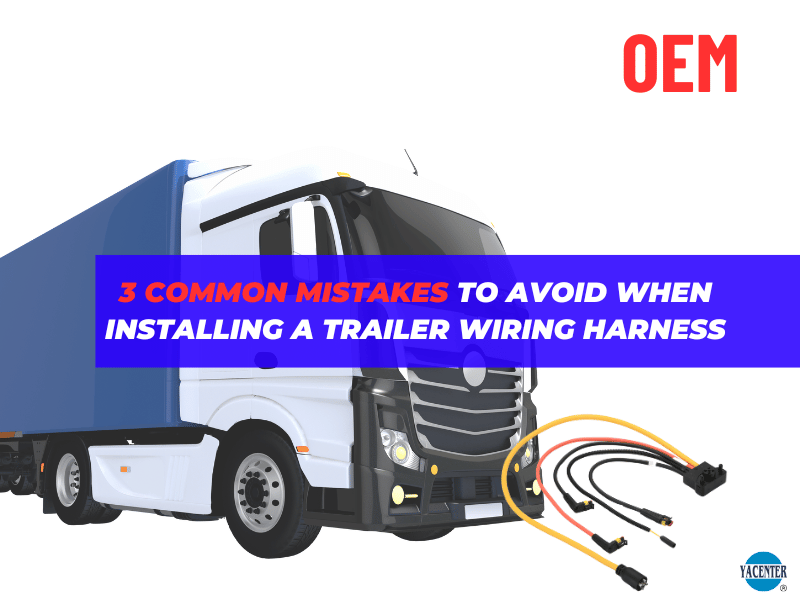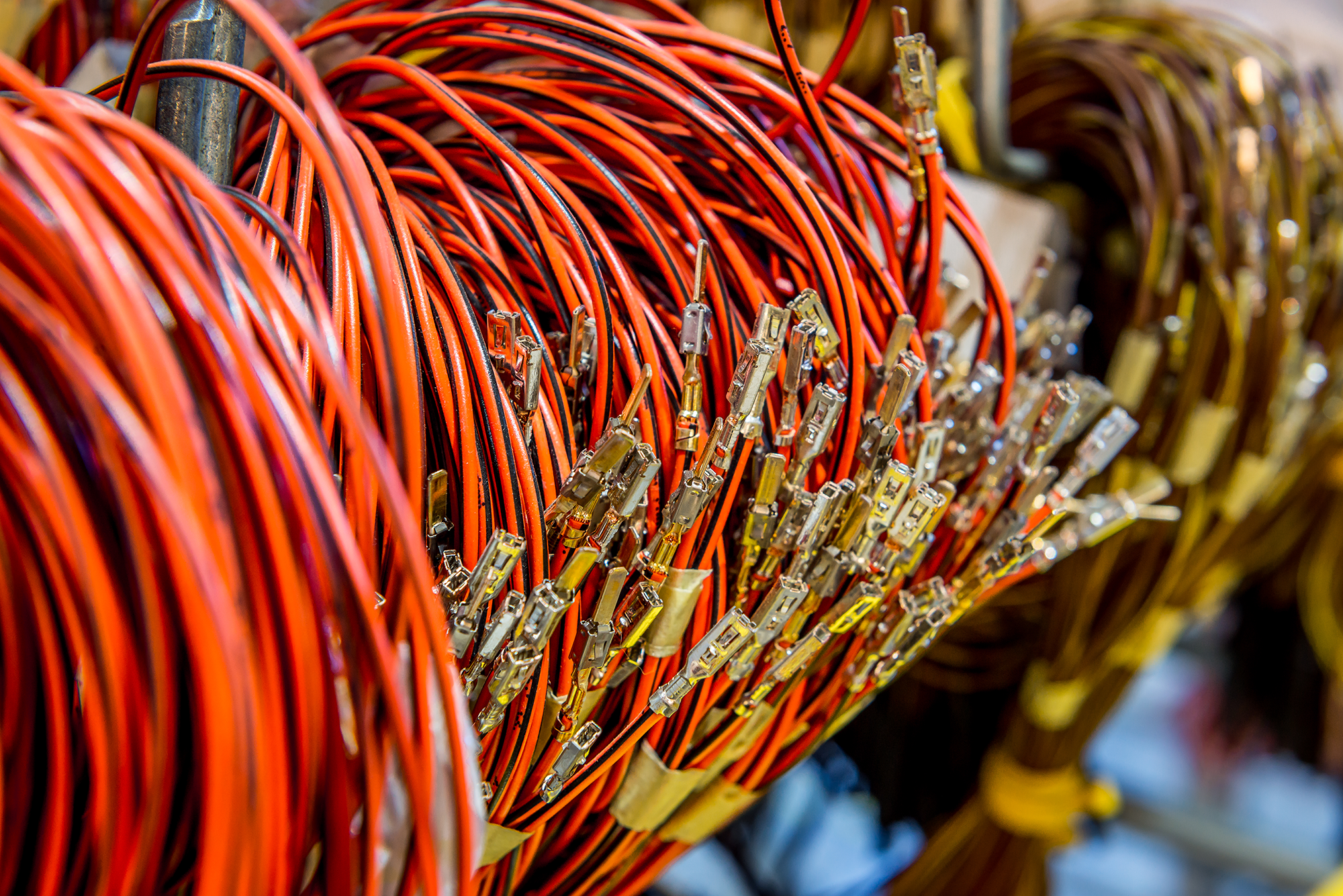3 Common Mistakes to Avoid When Installing a Trailer Wiring Harness

Installing a trailer wiring harness is crucial for ensuring your trailer lights, turn signals, and brakes function properly. A reliable installation ensures safety on the road, helping you avoid accidents and traffic violations. However, improper installation can lead to electrical failures and costly repairs. Here are three common mistakes to avoid when installing a trailer wiring harness to ensure a seamless and long-lasting connection.
1. Incorrect Grounding
One of the most frequent mistakes during installation is improper grounding. The trailer wiring harness relies on a solid ground connection to complete the circuit and allow the lights to function properly. A weak or incomplete ground connection can lead to flickering lights, non-functioning signals, or intermittent failures.
How to Avoid It:
- Make sure the ground wire is securely connected to a clean, unpainted metal surface on both the vehicle and the trailer.
- Check for rust, dirt, or debris that might impede the connection.
- For extra security, use a star washer or a self-tapping screw to ensure a solid ground.
2. Poor Wire Protection
Another common mistake is failing to protect the wires from damage. Trailer wiring is exposed to the elements, road debris, and vibrations, which can lead to fraying, cuts, or corrosion over time. Unprotected wires are more prone to short circuits and electrical failures.
How to Avoid It:
- Use grommets where wires pass through metal panels to prevent abrasion.
- Secure the wires with loom tubing or protective sheathing to shield them from road hazards.
- Routinely inspect the wiring for signs of wear and replace any damaged sections promptly.
3. Incorrect Wiring Connections
Improperly connecting the wires, such as mixing up the brake, tail, and turn signal wires, can lead to malfunctioning lights or create safety hazards. Each wire serves a specific function, and an incorrect connection can confuse drivers and cause accidents.
How to Avoid It:
- Follow the wiring diagram provided with your harness to ensure each wire is correctly matched (e.g., tail lights, brake lights, turn signals).
- Use color-coded wiring to make the process easier and double-check each connection before securing it.
- Consider using crimp connectors or heat shrink tubing for a secure, weather-resistant connection.
Bonus Tip: Test Before Hitting the Road
After installation, always test your trailer’s lights and signals before driving. Have someone assist you by observing the trailer lights while you activate the brake, turn signals, and headlights. This ensures everything is working correctly and reduces the chance of issues on the road.
Conclusion
By avoiding these common mistakes—incorrect grounding, poor wire protection, and incorrect wiring connections—you can ensure a smooth and reliable trailer wiring harness installation. Proper installation not only keeps you compliant with road safety laws but also enhances the safety of your towing experience. At YACENTER, we provide high-quality trailer wiring harnesses and customized solutions to meet your specific needs. If you encounter any issues or require assistance, feel free to reach out to our team—we’re here to help you tow safely and efficiently.






